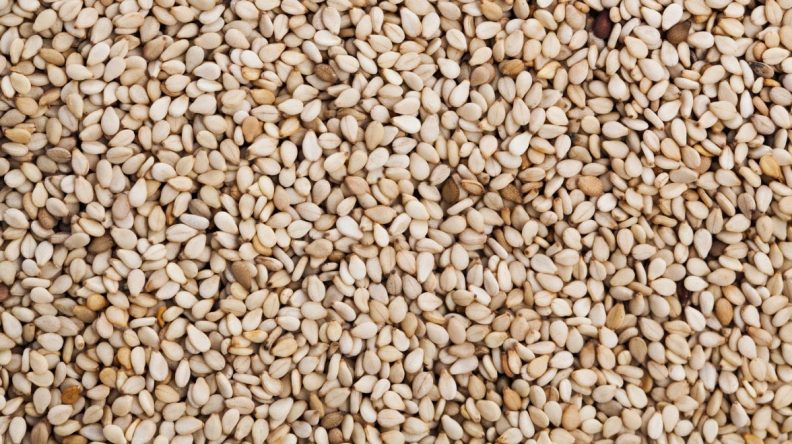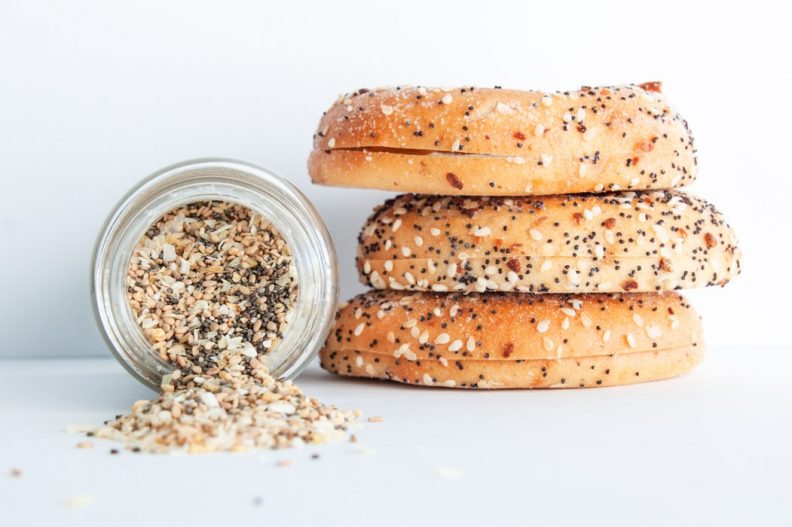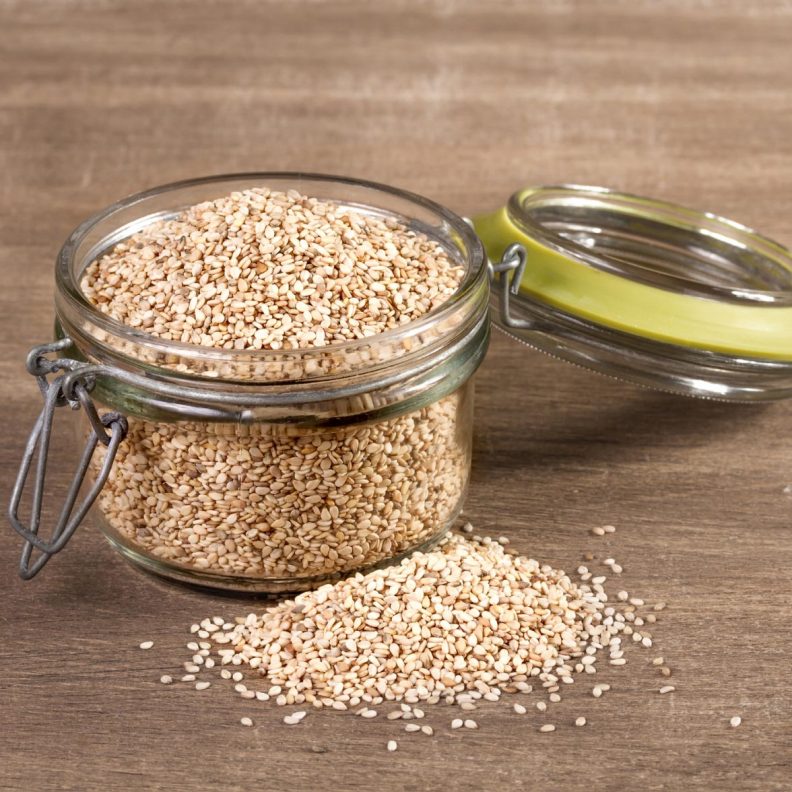They’re on hamburger buns, bread, pastries and even your cereal. In fact, you might have unwittingly eaten some today. We’re talking about the humble sesame seed. Roasted, crushed, raw: however you like to enjoy them, one thing’s for certain: they should be a staple in any pantry across Australia.
If you think that these seeds have anything to do with the famous story of Ali Baba and the Forty Thieves, you’d be correct. Upon maturation, the sesame plant’s flowers develop into pods, which contain the seeds we know and love. These pods pop open when the seeds are ready, which is where we get the saying, “Open sesame!”
Not only do they contain high nutritional value, but these delicate nuts are multi-purpose as they have the power to enhance both sweet and savoury foods. Most importantly, without sesame, there’d be no hummus!
Ready to find out more about the infamous Sesame Seed?
The story of Sesame Seeds
Native to Asia and East Africa and enjoyed for almost 4000 years, sesame seeds were one of the first crops processed for oil and have been featured in many legends – in some, Sesame Seeds represent a symbol of immortality; in others, the gods created the world and drank wine from sesame seeds.
In the 17th century, sesame seeds were brought to the US from Africa and then distributed around the world.
How do Sesame Seeds grow
The sesame plant looks similar to okra and is an annual flowering herb where the pods are dried and collected before they can open. Then, the seeds are sold to make into paste or sesame oil. Sesame grows all year round, so you can enjoy it whenever you feel like it (which means it’s also an affordable food!)
To grow your own at home, you’ll need an area that gets lots of sun and has warm, well drained soil. The plants themselves can grow quite large, so be sure to plant at least one metre apart to ensure there’s plenty of room to spread out. Sesame plants need 100 – 130 days to mature at which point they become ready for harvesting.



